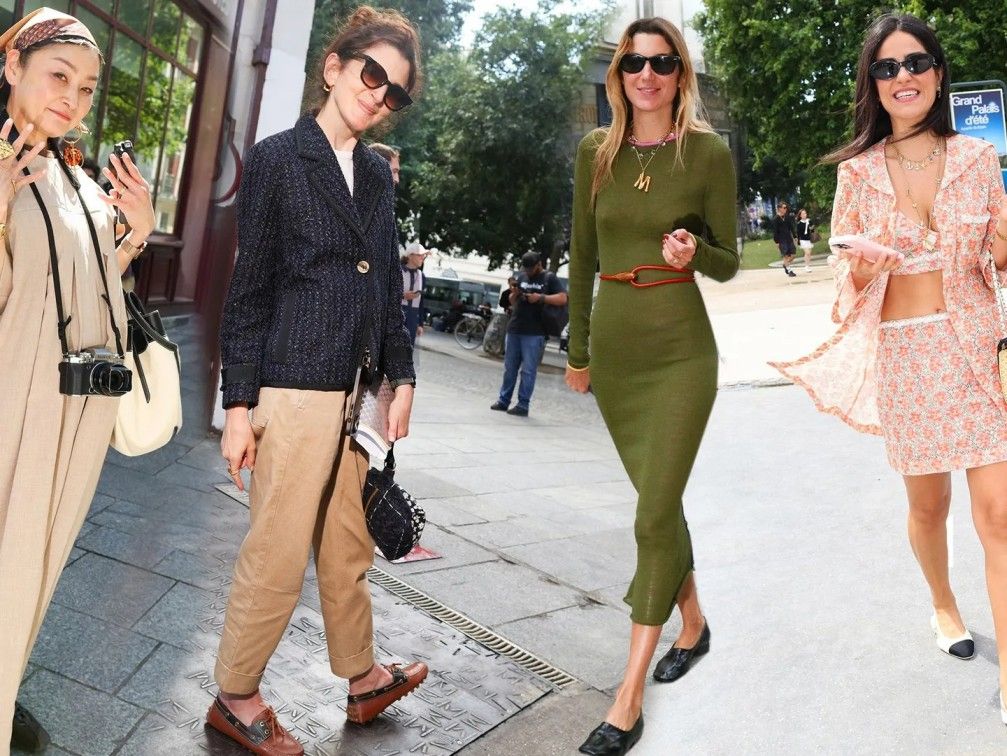Discover Women’s Clothing Trends: Guide, Advice, and Helpful Resources
Women’s clothing has always reflected culture, tradition, and identity. From ancient textiles to modern fashion runways, clothing represents more than just fabric. It conveys social roles, professional presence, personal comfort, and even environmental awareness. The global women’s fashion industry has evolved to meet changing lifestyles, blending traditional styles with modern design and sustainable materials.
Importance of women’s clothing trends today
Clothing trends matter because they influence how people present themselves in workplaces, social gatherings, and everyday life. They also affect industries such as textiles, media, and retail.
Key reasons why women’s fashion trends are important include:
-
Cultural influence: Clothing reflects traditions, festivals, and social values.
-
Professional identity: Workplace dress codes impact career impressions.
-
Social awareness: Sustainable fabrics and ethical fashion are now major considerations.
-
Body confidence: Properly designed clothes improve self-expression and comfort.
-
Global economy: The fashion sector contributes significantly to international trade.
The relevance of women’s clothing is not limited to personal choice. It also connects with broader issues such as sustainability, gender equality, and cultural representation. For example, the rise of modest fashion highlights inclusivity in global fashion design.
Recent updates in women’s fashion
Fashion trends in 2024 and 2025 have highlighted the role of sustainability and digital innovation. Key updates include:
-
Sustainable fabrics (2024): Plant-based fibers such as hemp and bamboo became widely adopted by leading brands, aligning with eco-friendly goals.
-
AI-driven styling (2024–2025): Artificial intelligence tools have been used to recommend outfits based on body shape, climate, and personal preferences.
-
Comfort-focused design (2025): Relaxed silhouettes, oversized blazers, and breathable fabrics have gained popularity, reflecting post-pandemic comfort trends.
-
Cultural inclusivity (2025): Fashion shows have increasingly highlighted diverse body types, skin tones, and cultural dress styles.
-
Tech-integrated fashion (2025): Smart fabrics that adapt to temperature or track wellness have begun appearing in clothing collections.
Below is a table summarizing current clothing preferences based on surveys in 2025:
| Trend Type | Popularity (%) | Key Insight |
|---|---|---|
| Sustainable fabrics | 65% | Consumers prefer eco-friendly options |
| Relaxed silhouettes | 54% | Demand for comfort and flexibility |
| Digital fashion apps | 48% | Use of AI for outfit suggestions |
| Inclusive fashion | 42% | Representation of all body types |
| Smart fabrics | 25% | Technology-enhanced designs |
These trends show how fashion is no longer only about style but also about ethics, technology, and accessibility.
Laws and policies affecting women’s clothing
Clothing is influenced by both social norms and legal frameworks. Regulations vary by country, but several policies shape women’s clothing today:
-
Textile and sustainability regulations: The European Union’s Circular Economy Action Plan (2024) requires stricter recycling and waste reduction in textiles.
-
Labeling laws: Many countries mandate clear labeling of fabric composition and country of origin to ensure consumer transparency.
-
Labor standards: Governments enforce ethical labor laws in garment production to protect workers in the textile sector.
-
Cultural dress policies: Some nations regulate school or workplace uniforms, while others protect the right to wear traditional or religious dress.
-
Import-export policies: International trade agreements affect fabric availability, influencing the variety of women’s clothing trends.
These laws ensure that clothing is not only fashionable but also ethical, safe, and respectful of cultural diversity.
Tools and resources for fashion guidance
Today, digital tools and resources make it easier to stay updated with women’s fashion. These include:
-
Fashion apps: Platforms like Pinterest, Instagram, and Vogue Runway provide real-time trend updates.
-
Sustainability trackers: Apps such as Good On You rate clothing brands on ethical and environmental performance.
-
Virtual fitting rooms: Many e-commerce platforms now use augmented reality to allow digital try-ons.
-
Climate-based clothing guides: Weather-based apps suggest daily outfits suitable for local conditions.
-
Educational platforms: Websites such as Business of Fashion offer in-depth reports on global fashion trends and market shifts.
These resources help individuals make informed clothing choices, whether for personal style, sustainability, or professional requirements.
FAQs on women’s clothing trends
1.What are the most popular women’s fashion trends in 2025?
Oversized blazers, wide-leg trousers, sustainable fabrics, and pastel shades are among the leading trends.
2.How does sustainability influence women’s clothing?
Sustainability encourages the use of recycled fabrics, plant-based textiles, and eco-friendly dyes, reducing environmental impact.
3.Are cultural clothing styles part of global fashion trends?
Yes, many designers now integrate traditional elements such as embroidery, wraps, or regional fabrics into international collections.
4.Do digital tools really help in choosing clothes?
Yes, AI-driven apps and virtual try-on tools assist users in selecting clothes based on size, climate, and style preferences.
5.How are government policies affecting women’s fashion?
Regulations around textile recycling, fair labor, and labeling ensure clothing is produced ethically and sustainably.
Conclusion
Women’s clothing trends continue to evolve with culture, technology, and environmental awareness. Fashion today is not only about appearance but also about inclusivity, ethics, and innovation. Recent years have seen a strong focus on sustainable fabrics, comfort-driven designs, and cultural inclusivity. At the same time, policies and regulations guide how clothing is produced and consumed worldwide.As digital tools and AI increasingly shape style choices, individuals can access personalized advice and eco-friendly recommendations more easily than ever. Women’s fashion remains a reflection of both individual identity and global change, bridging tradition and modern innovation.